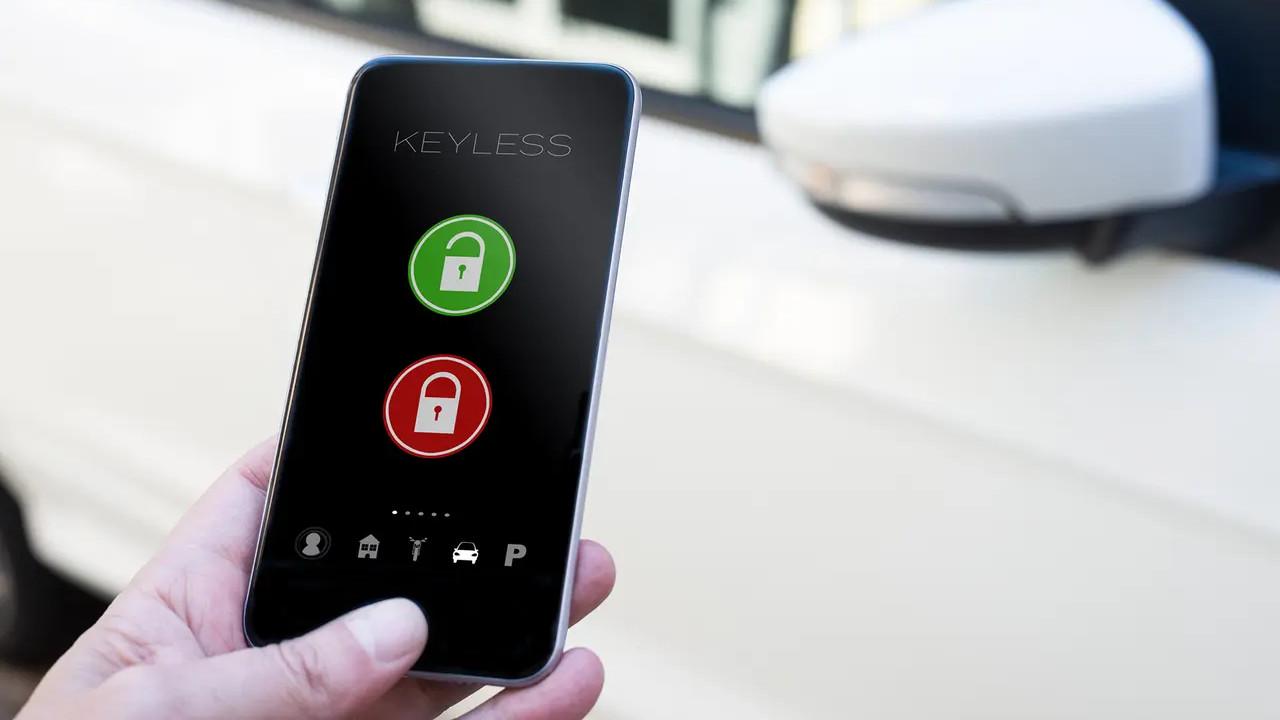As the Internet of Things (IoT) continues to expand, the need for efficient and reliable wireless communication has become more critical than ever. At the heart of this connectivity revolution is Bluetooth Low Energy (BLE). Originally developed as an extension of traditional Bluetooth, BLE is specifically designed to support the needs of low-power, battery-operated devices, making it a cornerstone of IoT innovation.
BLE’s role in the expanding IoT Ecosystem
The IoT ecosystem is vast, encompassing everything from smart homes and wearable technology to industrial sensors and connected health devices. In this rapidly growing field, BLE has emerged as a leading technology that enables seamless communication between devices. Unlike traditional Bluetooth, which focuses on continuous data exchange, BLE is optimized for low-power, infrequent transmissions, making it ideal for devices that need to operate for long periods without constant recharging.
By using BLE, devices like fitness trackers, environmental sensors, and medical wearables can efficiently transmit data to smartphones or other connected devices without draining battery life. As IoT ecosystems continue to scale, the ability of BLE to support thousands of devices simultaneously is becoming increasingly valuable in applications such as smart cities, logistics, and precision agriculture.
Power efficiency: A key benefit of BLE
One of the standout features of BLE is its power efficiency. This makes it a perfect solution for applications that require long-term, continuous operation on limited power resources. For instance, in health monitoring devices or industrial IoT sensors, the ability to maintain wireless communication over extended periods—sometimes months or even years—without frequent battery replacements or recharging is essential.
The secret behind BLE’s efficiency lies in its ability to remain in sleep mode until communication is required. This feature significantly reduces energy consumption compared to traditional wireless technologies that maintain a constant connection. As more devices require constant monitoring and reporting, BLE’s power-saving capabilities make it the preferred choice for IoT developers looking to maximise battery life while maintaining reliable performance.
Shaping Bluetooth 6.0
Bluetooth 6.0, the latest global wireless standard, now includes a revolutionary feature developed through a collaboration between imec at Holst Centre and key industrial partners. This advancement allows for centimetre-level accuracy in device tracking, marking a new era in precision and security for wireless communication. For the first time, imec at Holst Centre has played a key role in influencing a worldwide standard, setting the stage for a future where wireless communication is not only more connected but also more accurate than ever before.
The future of IoT is bright, and Bluetooth Low Energy will remain a fundamental technology driving innovation in the space. As devices become smarter, more connected, and increasingly efficient, BLE will continue to play a critical role in enabling seamless communication across IoT networks.


